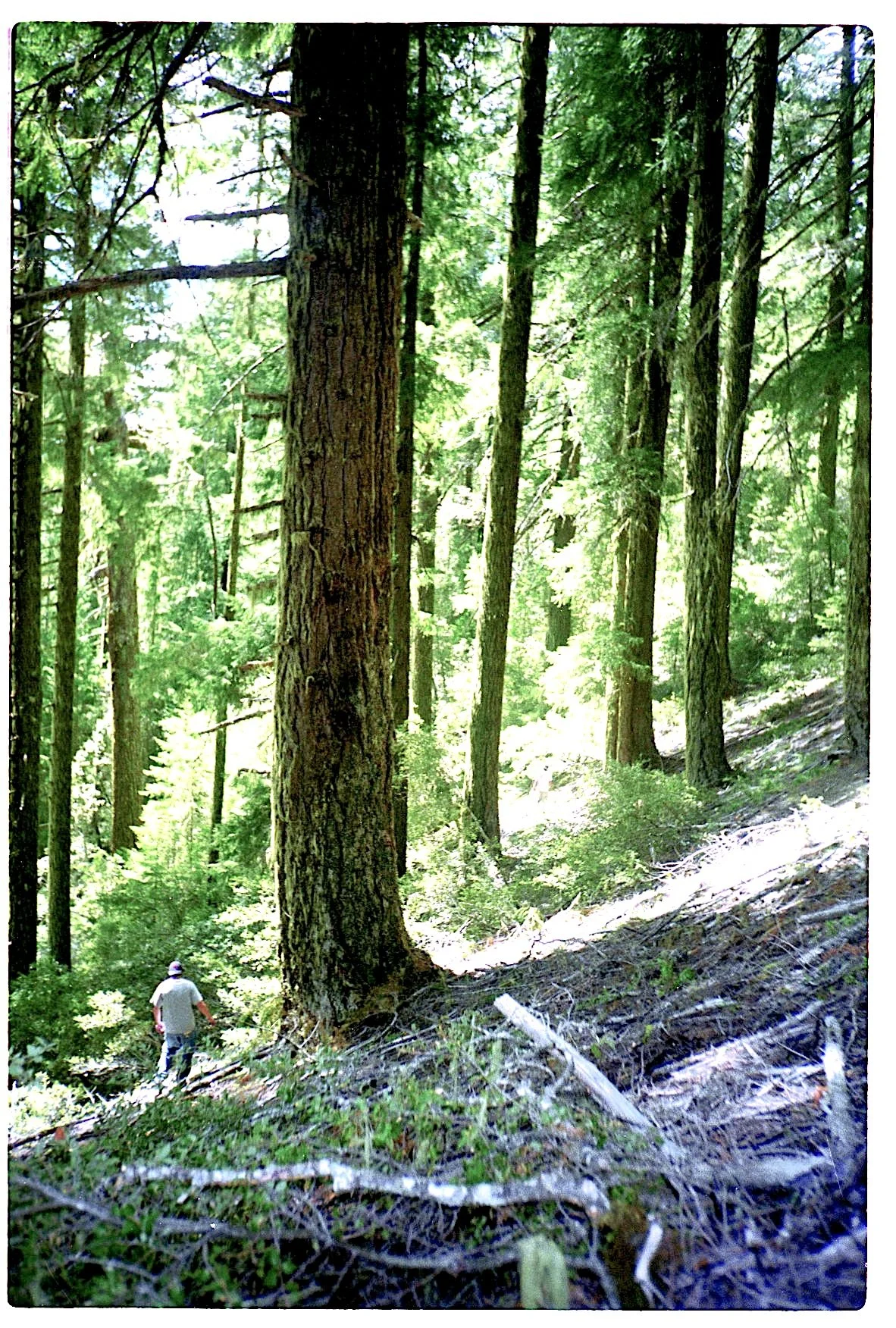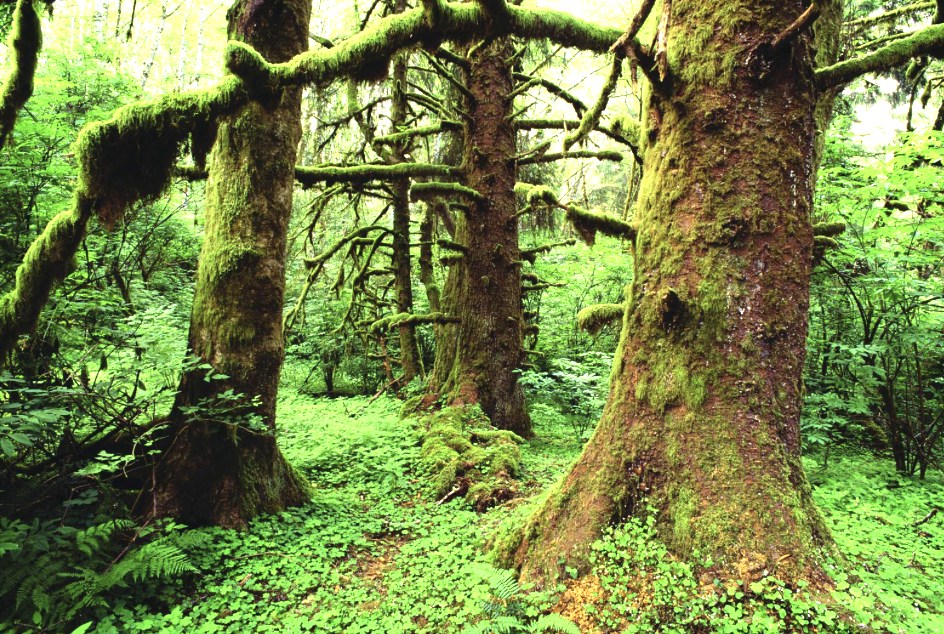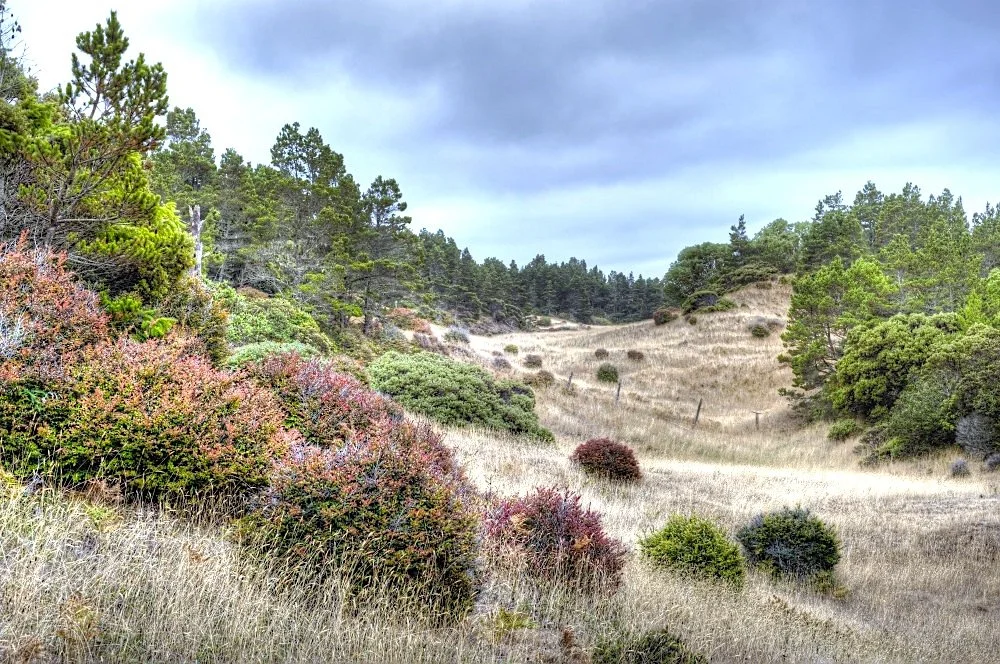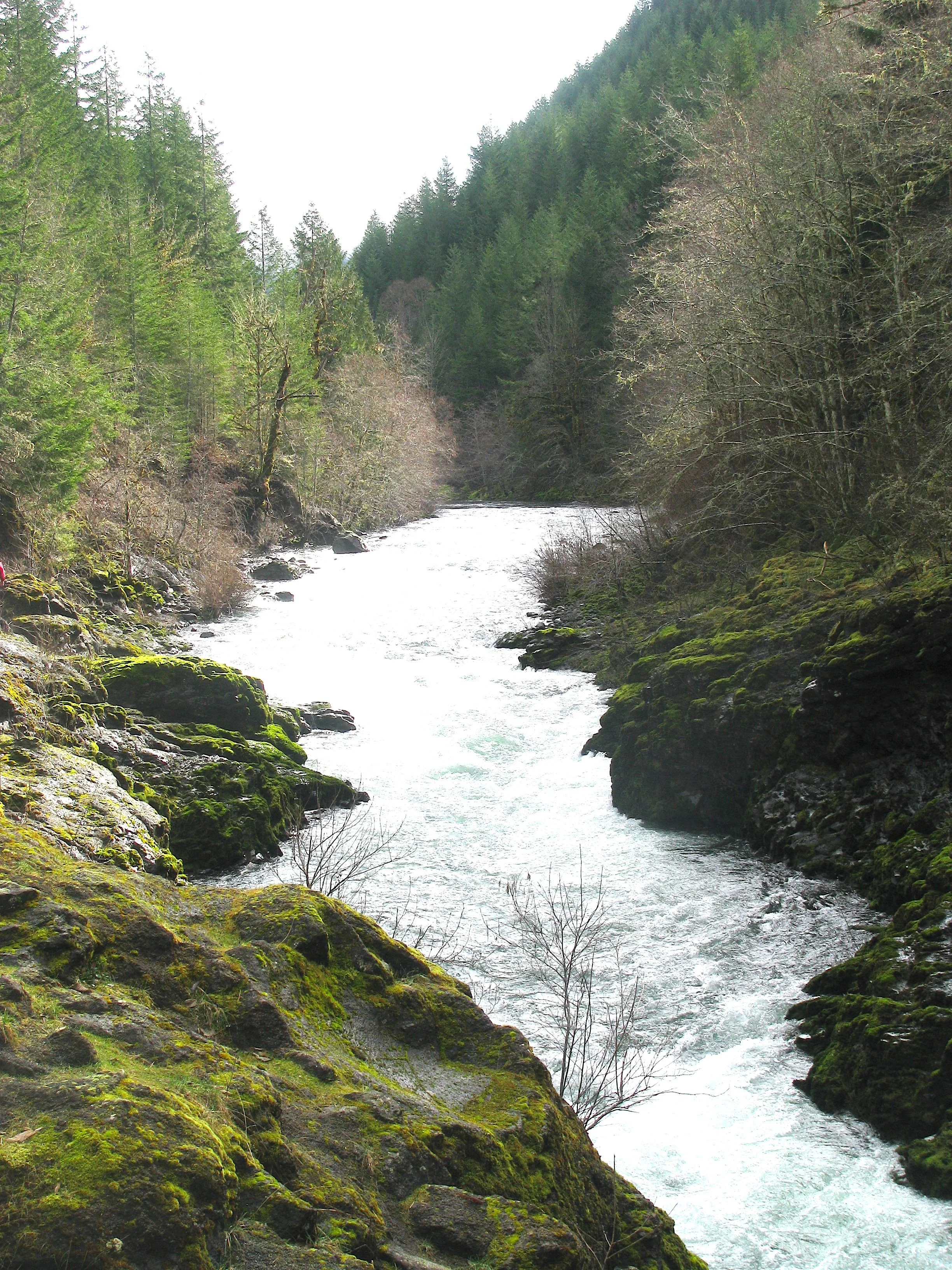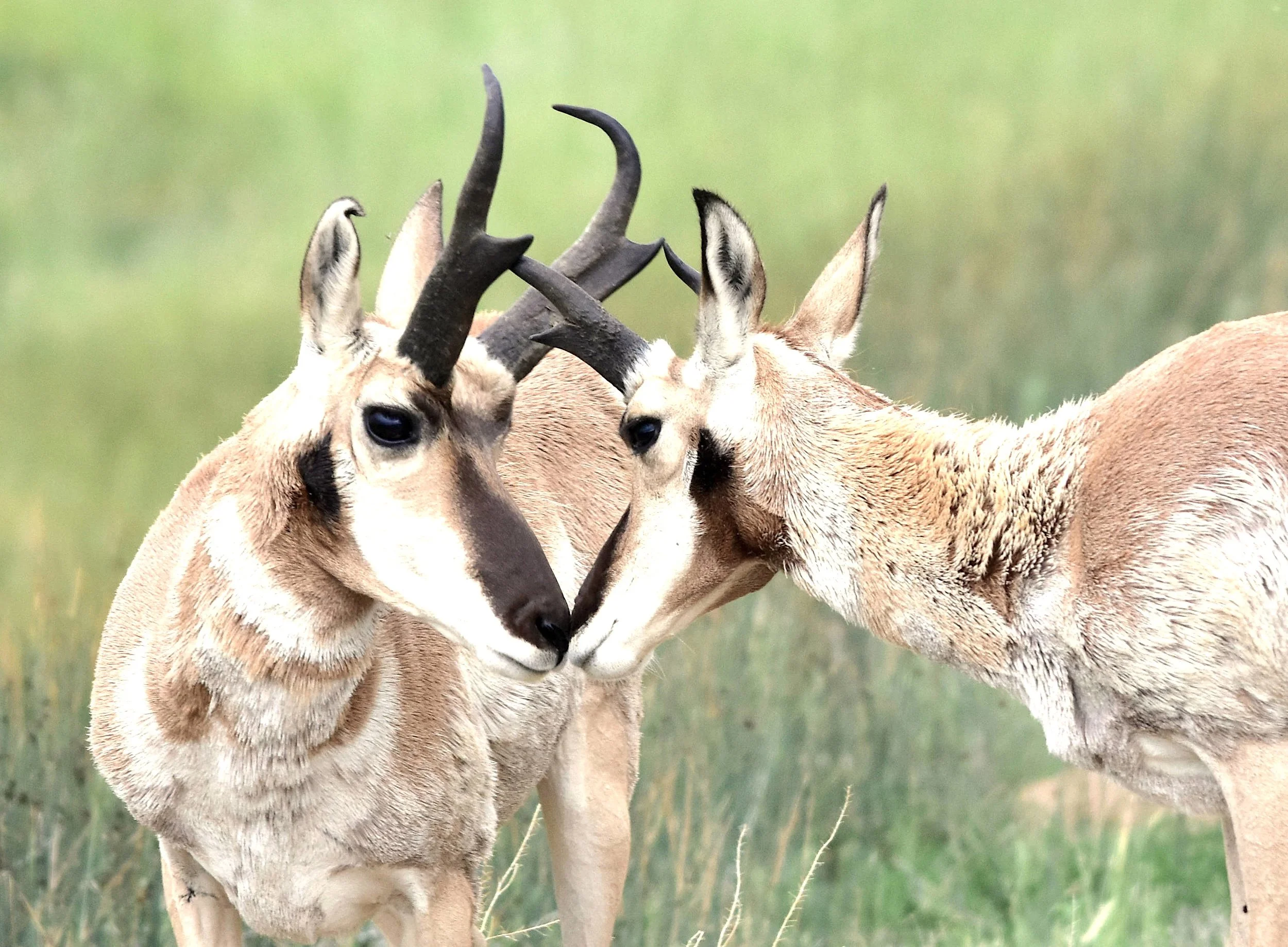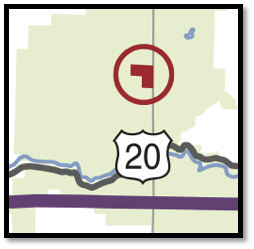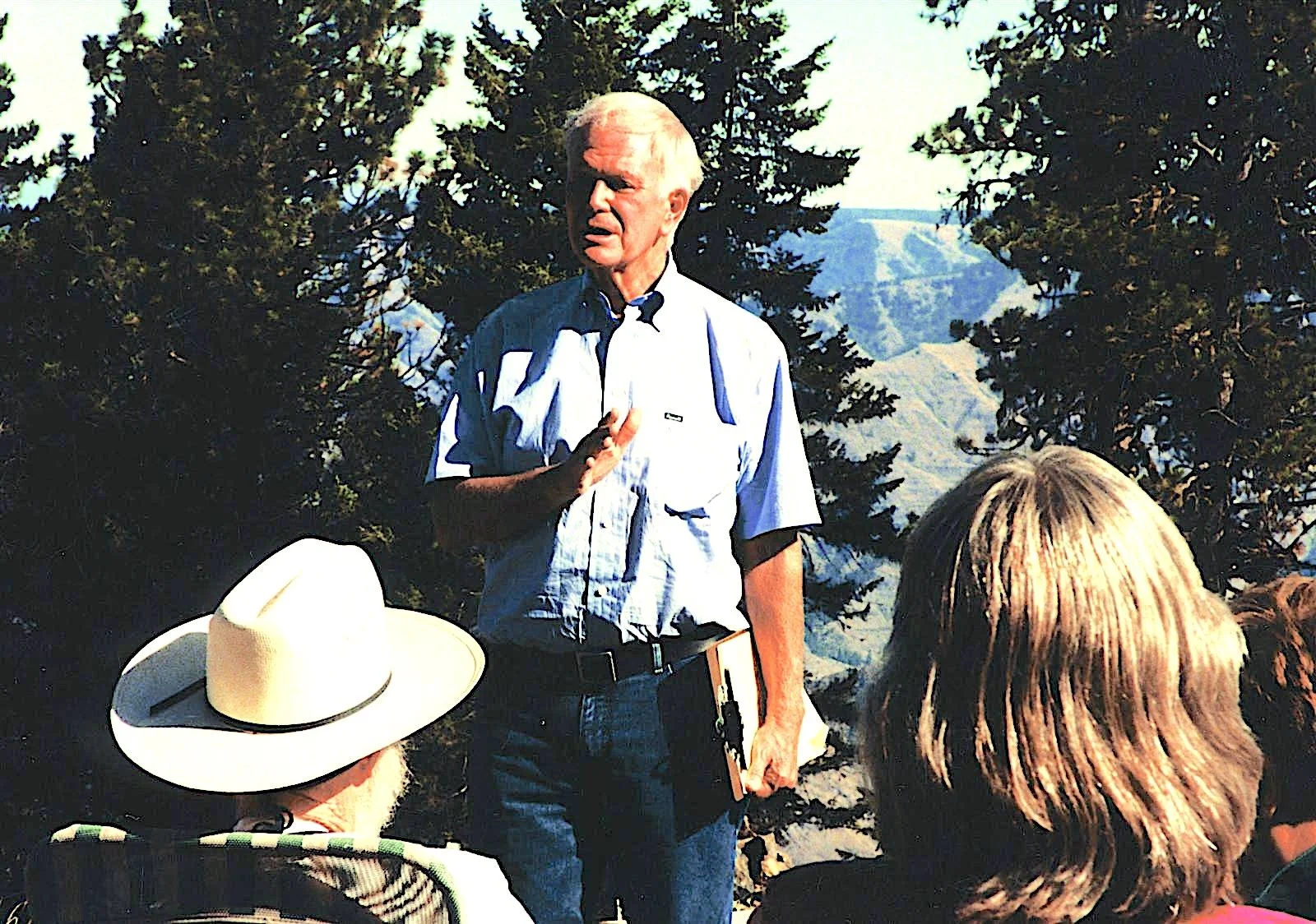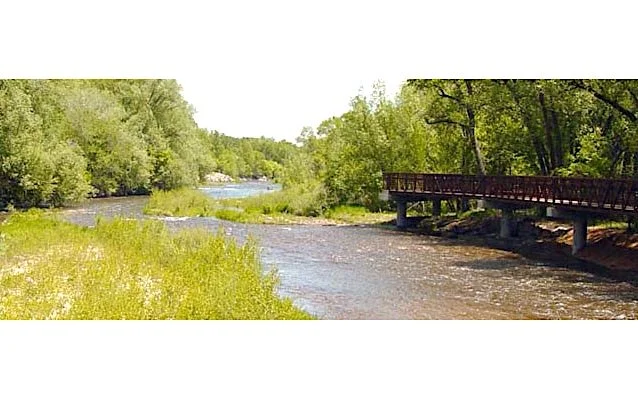Sort By Category
- 30x30
- Administration
- Antiquities Act
- Book Reviews
- Bureau of Land Management
- Climate Change
- Climate change
- Coasts
- Congress
- Counties & Federal Lands
- Courts
- Courts & Litigation
- Department of Agriculture
- Department of Interior
- Deserts
- Ecological Reserves
- Ecosystems
- Elections
- Endangered Species
- Energy
- Estuaries
- Federal Lands
- Fish
- Fish and Wildlife Service
- Forest
- Forest Fires
- Forest Service
- Forestry
- Forests
- Grasslands
- Land & Water Cons. Fund
- Land & Water Conservation Fund
- Legislation
- Litigation
- Livestock Grazing
- Marine Protected Areas
- Marine Sanctuaries
- Mature & Old-Growth Forests
- Mature and Old-Growth Foresrts
- Mining
- Nat'l Conservation Lands
- National Forest System
- National Marine Sanctuaries
- National Monuments
- National Monuments Act
- National Park Service
- National Park System
- National Parks
- National Recreation Area
- National Scenic Area
Sort By Tag
- 1002 area
- 30x30
- 5th Amendment
- ANWR
- Acadia National Park
- Adam Smith
- Administrative Procedure Act
- Advancing Conservation and Education Act
- Alan Bates
- Alan Deboer
- Alaska
- Alaska National Interest Lands Act
- Alaska Native Claims Settlement Act
- Aldo Leopold
- American Forest Resource Council
- American Prairie Reserve
- American Tree Farm System
- American beef supply
- American black duck
- American woodcock
- Ammon Bundy
- Ancient Forest National Park
- Anders Eskil Carlson
- Andrea Salinas
- Andrew N. Gray
- Andy Kerr
- Animal unit month
- Ansel Adams
- Antiquities Act
- Applegate Primitive Backcountry Area
- Aqua Fria National Monument
- Aquatic Conservation Strategy
- Aquatic Conservation and Riparian Strategy
- Arches National Monument
- Arches National Park
- Arctic National Wildlife Refuge
- Areas of Critical Environmental Concern
- Army Corps of Engineers
- Association of O&C Counties
- Astoria Canyon
- Astoria Fan
- Atlantic Coast
- Augusta Canal NHA
- Avarna Group
- Avi Kaw Ame
- BLM Conservation Rule
- BLM Zone 3 Lands
- BOEM Oregon Planning Area
- Baboquivari Peak Wilderness
- Baker County
Wither the Wild Rogue?
Late in December 2018, during the lame-duck session of the 115th Congress, a deal was almost struck to move an omnibus public lands package of legislation. The package compiled specific bills that were legislatively ready to advance. Some of the bills in the package were quite good, others quite bad.
Where the Buffalo Roam
The American Prairie Reserve is big, bold, beautiful, and outside the box. It is being assembled by the eponymous conservation organization in a generally inside-the-box way. The organization is buying ranches from willing sellers and continuing to pay the property taxes. It is continuing to lease state and federal lands for grazing and paying the grazing fees.
Filling the Congressional Conservation Pipeline for When It Unclogs
For the most part, these bills are popular and uncontroversial, and when they do get to the floor they will pass. When that happens and the congressional pipeline finally does unclog, conservationists need to make sure that pipeline is full.
The National Wild and Scenic Rivers System, Part 2: Rounding It Out and Cleaning It Up (For Oregon, If Not Elsewhere)
This is the second part of a two-part examination of the National Wild and Scenic Rivers System. In Part 2, we examine the possibilities of protecting additional wild and scenic rivers with a focus on Oregon, and closing a notorious mining loophole in the original act.
The National Wild and Scenic Rivers System, Part 1: A Vital National Conservation Purpose
This is the first part of a two-part examination of the National Wild and Scenic Rivers System. In Part 1, we examine the history of the Wild and Scenic Rivers Act of 1968, the size of the system and how it works, and the outsized role Oregon has played in the development of the system.
Selling More Heroin to Pay for Methadone: Oil Drilling in the Arctic National Wildlife Refuge: Part 2
This is the second of a two-part examination of proposed oil exploitation in the Arctic National Wildlife Refuge.
Preremembering Barbara Roberts, Oregon Conservationist
Barbara Kay Roberts, born in Corvallis, Oregon, in 1936, was Oregon’s thirty-fourth governor, serving from early 1991 to early 1995. Her other elected offices have included school board member, community college board member, state representative, and secretary of state.
The National Landscape Conservation System: In Need of Rounding Out
As of today, the BLM recognizes a total of 4.2 million acres as California Desert National Conservation Lands, 2.89 million acres of which were designated in a recent update to BLM’s comprehensive management plans.
Oregon’s Wildlands Should Matter At Least as Much to Oregon Legislators as Alaska's and Utah's
It’s time for the members of the Oregon congressional delegation to step up their public lands conservation game. It always takes years, if not years and years, to enact public lands conservation legislation into law. While mere introduction of legislation does not mean enactment into law, no legislation becomes law without first being introduced.
The Proposed Oregon Wildlands Act of 2017: Very Good but Not Yet Great
The congressional conservation pipeline is clogged. This is not because it is too full of fine legislation that would elevate the conservation status of certain public lands by designating wilderness, wild and scenic rivers, and other special protection areas, but because of the general dysfunction of Congress.
Closing the Mining Loophole for Wild and Scenic Rivers
The Chetco protection provision has yet to pass but has been reintroduced in various forms in every Congress since then. The freestanding bill or its legislative language has been included in sixteen pieces of congressional legislation since that time. Yet Congress still has not gotten its act together to save the Chetco from suction-dredge gold mining.
Now That’s a Member of Congress!
In addition to the usual (and vital) proposed additions to the National Wilderness Preservation System and the National Wild and Scenic Rivers System, Huffman’s draft legislation proposes several innovative and novel congressional designations that call for ecological restoration, nature conservation, and/or increased recreation.
The Westerman Bill: The Timber Industry’s Wet Dream
Logging in Lane County, Oregon on both public and private lands.
The Westerman bill would legislate horrifically harmful public forest policy into law. Among its many sins, the Westerman bill would
Federal Systems for the Conservation and Enjoyment of Lands and Waters
Over the course of more than a century, Congress—or the executive branch using expressed authorities granted by Congress—has established various systems for the conservation, management, and enjoyment of federal and other lands and waters. On the whole, these systems are bold, visionary, and remarkable.
The National Wildlife Refuge System, Part 2: Historical Evolution and Current Challenges
The purposes and boundaries of Oregon’s Malheur National Wildlife Refuge can only be divined by examining at least a dozen acts of Congress, presidential actions, and administrative decisions.
The National Wildlife Refuge System, Part 1: An Overview
Pelican Island in the Indian River Lagoon in Florida was the home to an extraordinary number of native birds, many of which were threatened by plume hunters meeting the hot market for feathers (and even whole birds) for women’s hats.
Privatizing Federal Public Lands in Western Oregon
Following are seven examples of high-public-value BLM Zone 3 lands in western Oregon that should be reclassified or transferred. The parcels in question are shown on the map segments to the left of their descriptions. I’m confident that a similar analysis of BLM eastern Oregon lands will yield similar examples.
Preremembering Bob Packwood, Oregon Conservationist
The Snake River in Hells Canyon would be dammed today if not for former Senator Bob Packwood (R-OR). The French Pete watershed would not have been returned to its rightful place in the Three Sisters Wilderness if not for Packwood.
The National Wild and Scenic Rivers System: Room for More Streams
The federal government says Oregon has 110, 994 miles of streams. Most do not qualify for inclusion in the National Wild and Scenic Rivers System as they have been dammed, dewatered, ditched, denuded, and/or otherwise degraded, if not downright destroyed. Today, 2 percent of Oregon’s streams are in the National Wild and Scenic Rivers System.
A Congressional Conservation Agenda for the Twenty-First Century
Though we’ve burned through one-sixth of the current century, Congress has yet to enact any sweeping and bold public lands conservation legislation in the new millennium. There’s still time though, and a crying need.
